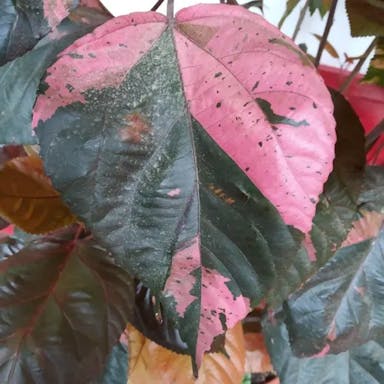Transvaal aloe thrives in well-draining sandy or loamy soil with a slightly acidic to neutral pH level between 6.0 and 7.0. It requires a soil quality that is rich in organic matter to support its growth and development. Fertilizers rich in potassium and phosphorus are beneficial for Transvaal aloe, especially during the growing season in spring and summer. A balanced fertilizer with an N-P-K ratio of 10-40-10 or similar can be applied every 4-6 weeks. It is essential to follow the manufacturer's instructions regarding the amount and frequency of fertilizer application to prevent over-fertilization. During the dormant period in fall and winter, it is advisable to reduce or stop fertilizing to allow the plant to rest. Regularly monitoring the soil moisture and nutrient levels is crucial for maintaining the health of Transvaal aloe.
0
0












